Published: 08:35 Tuesday - August 21, 2012
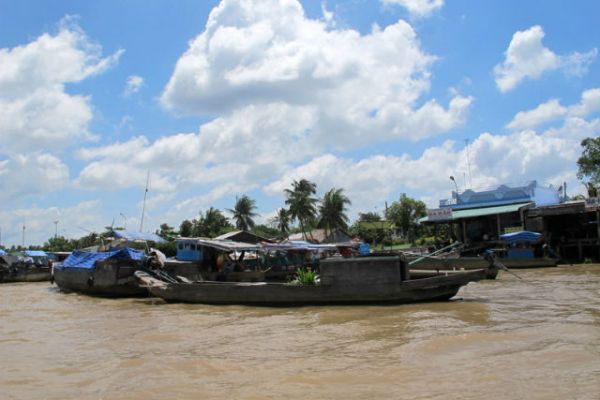
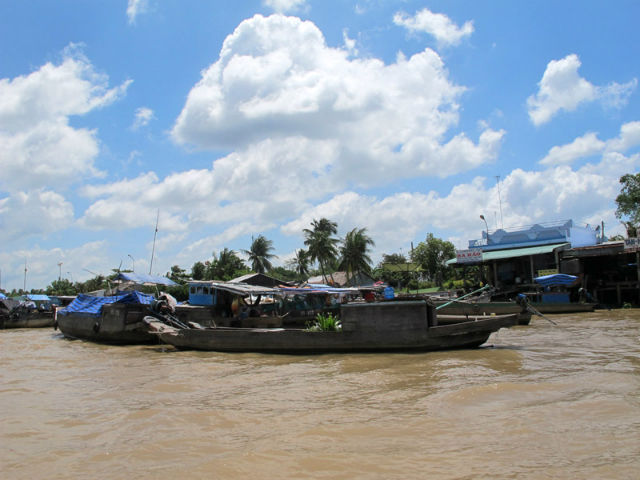
A house boat in the floating market
Driving about two-and-a-half hour by bus journey from Ho Chi Minh City, we arrived in the Mekong Delta. Booked a day tour with other tourists from Asia and Europe. Like them, I looked forward to seeing Vietnam’s floating market with my own eyes, itis really beautiful and peaceful.
Upon arrival at our destination, Cai Be, our group boarded a spacious motorboat and cruised along Vinh Long as we headed to the market area. It was different from what I had pictured in my mind.
I thought we would be navigating through numerous small boats filled with various produce. I wasn’t sure if it was because we arrived there late in the morning, but all we saw were houseboats with the produce displayed on top.
The boats were big enough to accommodate living quarters, and each sold a particular product — we saw pineapples, watermelons and sweet potatoes for sale. Our English-speaking tour guide, Mr. Nguyen mentioned that the houseboats have addresses as well to identify what area they're from.
Though I came prepared with my own eco-bag, we didn’t have a chance to go shopping in the floating market. Our guide said that the prices would be somewhat expensive as the people there knew that we were tourists. So, instead of shopping, we just enjoyed sights. Along the way, Mr. Nguyen pointed out the different "san" houses or houses on stilts lining the river's edge.
After a while, we stopped and got off the boat to explore the countryside.
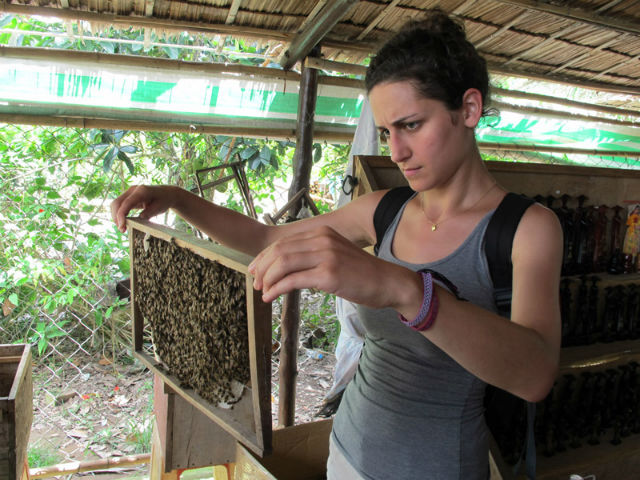
Almost rubbing elbows with the bees
A day in the life
I got a glimpse of the pastoral life in the Upper Mekong Delta and it could have been a scene from any countryside in the Philippines. We walked along a narrow paved street and visited small shops where locals sold products made from native materials.
At our first stop, our guide showed us where the store got its fresh honey and even gave us the opportunity to get really close to the bees. We had hot tea with honey and sampled sweet treats on the side such as candied ginger and winter melon. After a short break, we visited a family that made a business out of selling coconut candy.
Like the Philippines, Vietnam also bounds with coconut trees. We saw the family manually crack a coconut open, grate its meat and get the milk out of it—the candies' main ingredient. Each member of the family has a role and even the kids help out. They make, pack the candies and sell it right there. They even gave out samples to entice tourists.
While walking down the road, we saw a place that had a 14-kilo python in captivity that visitors were allowed to carry and touch. I dared to do so and the reptile just felt like a heavy scarf on my shoulders. Some of the people in our group had a photo op with the snake as well, and even sampled snake wine, which claims to have health benefits and is supposedly an aphrodisiac, too.
Next door was another family business — this time pop rice. We witnessed how they make “popcorn” out of rice grains: a big wok is heated using dried longan as fuel, then the grains hit the wok, where they become crispy and airy. In the Philippines, the snack is known as ampao.
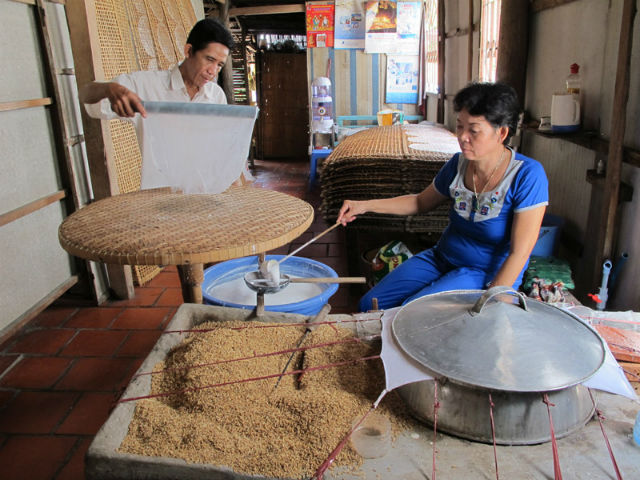
Our tour concluded with a simple lunch at a no-frills resort. Then, we had some time for ourselves and I wandered around the garden while the others relaxed on hammocks. This tour was an eye-opener for me. I really thought, if the Philippines has the same resources, why can not we include such activities in our tourism program as well?. Hope that we take our cue from Vietnam and promote the Philippines along with local livelihoods.
Source: GMA News
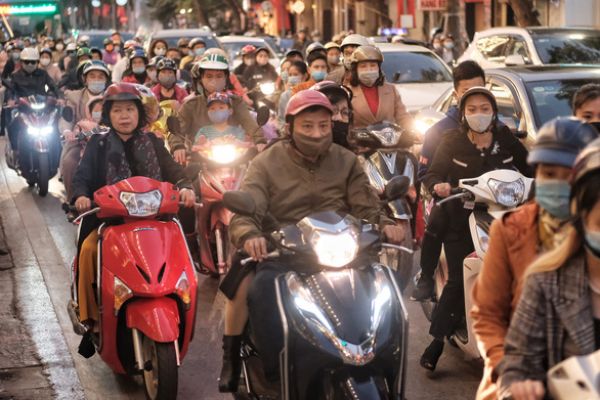
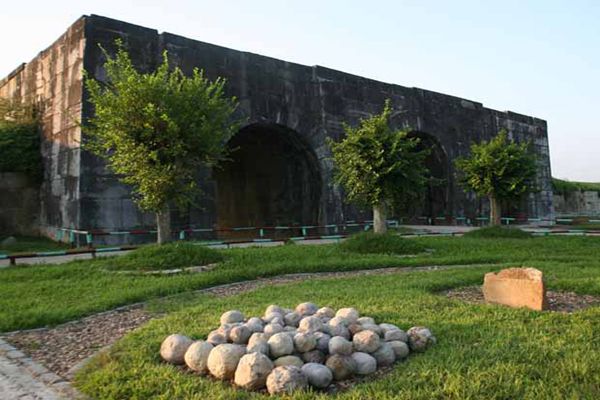
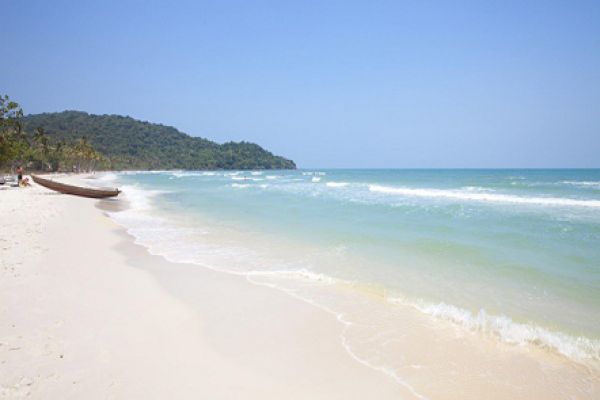
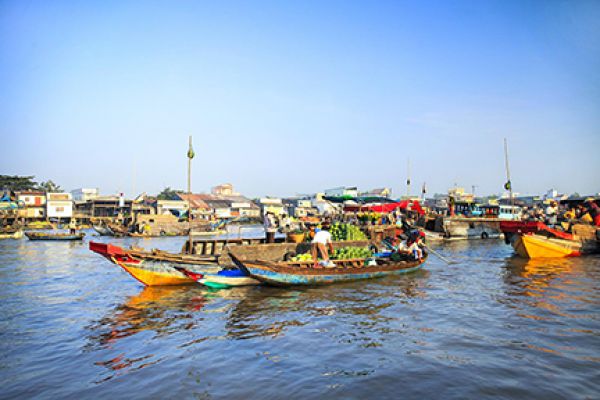

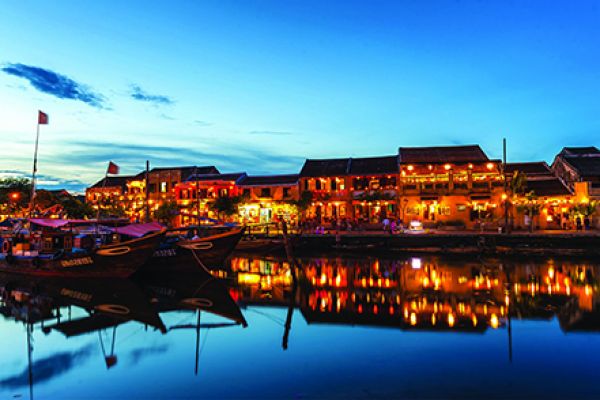
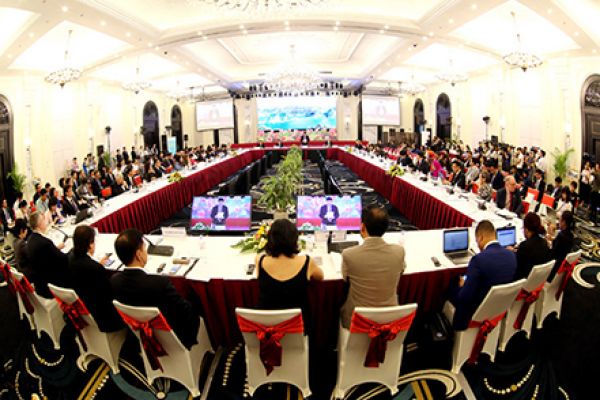
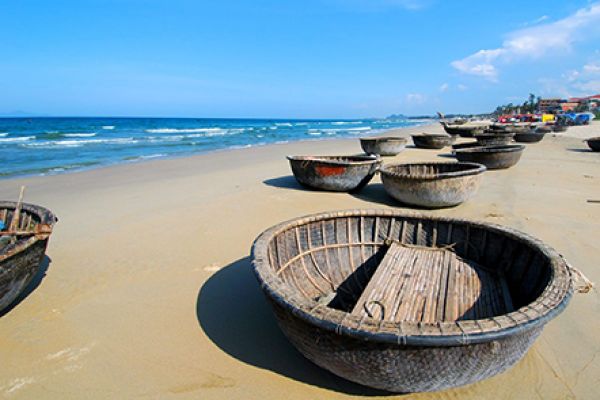
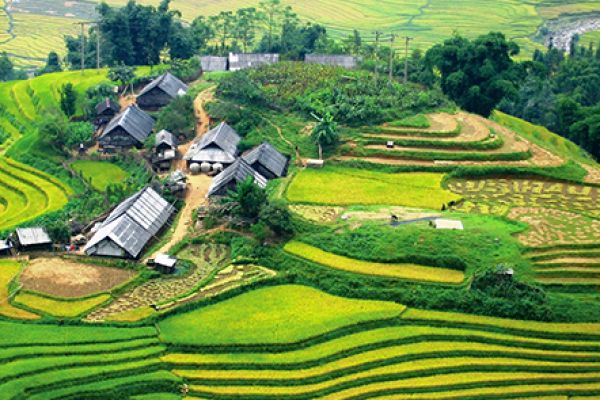
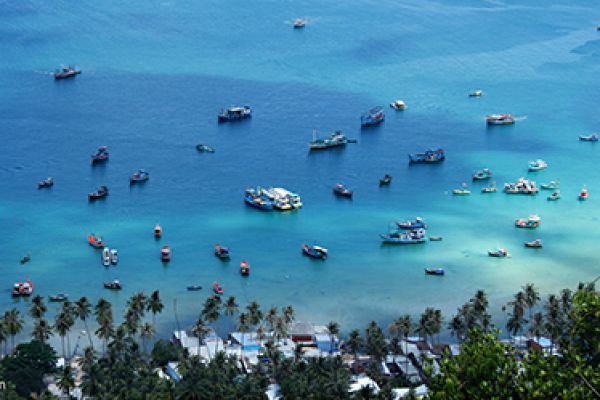
(84-63) 3 826042 – (84-63) 3 511142
No 54 Nguyen Dinh Chieu, Ham Tien Central Mui Ne Beach Binh Thuan Vietnam
523 To Hien Thanh District 10 Ho Chi Minh City Vietnam
Ha Long Halong City Quang Ninh Vietnam
A13 Hung Thong 2 Halong City Quang Ninh Vietnam




